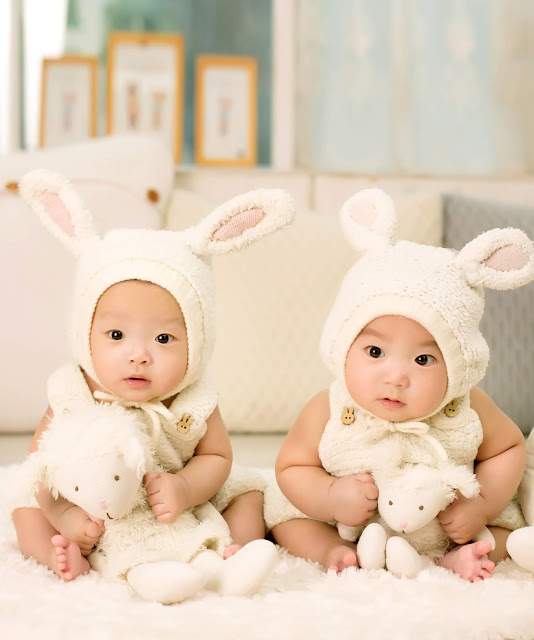Tasting Sounds, Hearing Colors: The World of Synesthesia

What color is Bruce Springsteen’s “Born to Run”? For many, the question may sound like word salad, but if you have synesthesia, not only might it make perfect sense, but there’s a chance you already have an answer. The UK Synaesthesia Association describes synesthesia like so: “[s]ensations in one modality (e.g. hearing) produce sensations in another modality (e.g. colour) as well as it's own.” There are many different kinds of synesthesia. A synesthete be able to “taste” a day of the week, or describe the weight or physical texture of a word. There is little consensus about just what those cross-category attributes are: the letter M may appear brown to one person and green to another. It’s also somewhat unclear how common the condition is; estimates range from one percent of the population to twenty percent. Part of this ambiguity stems from synesthesia being a little hard to pin down. A synesthete won’t necessarily even know that the way they process the wor

